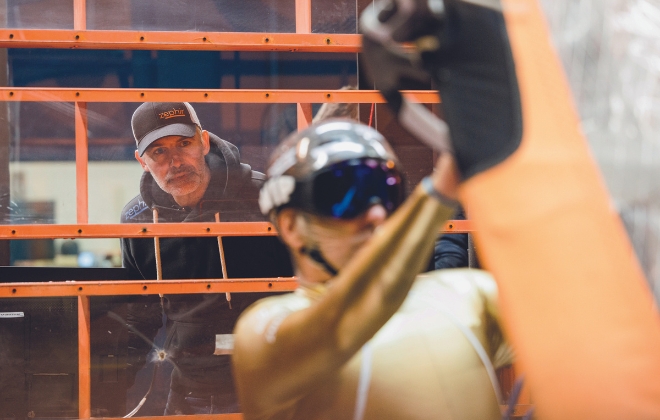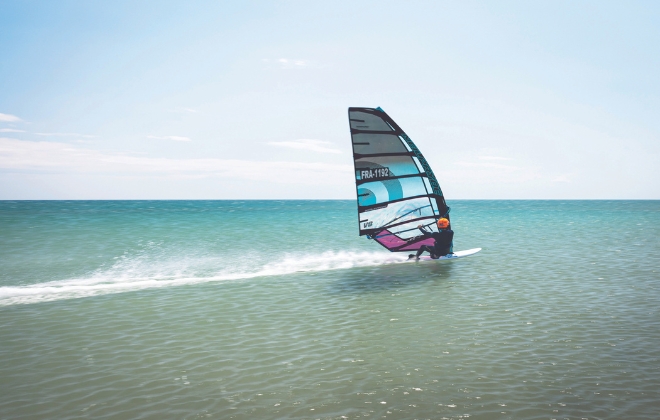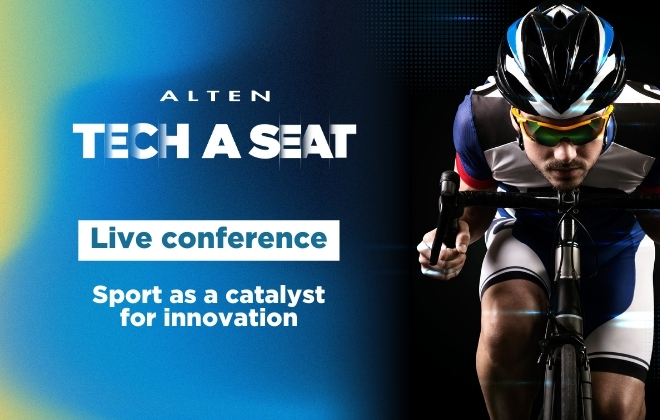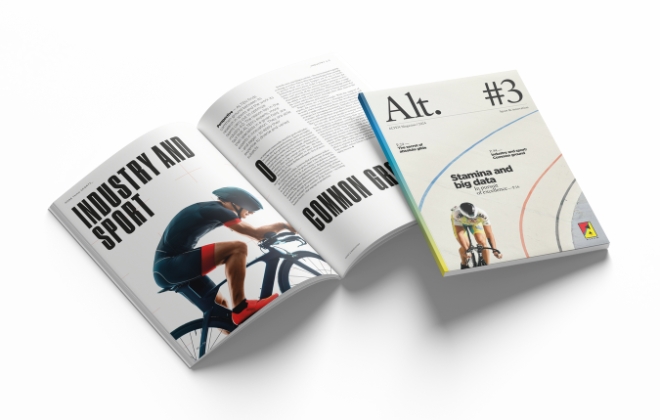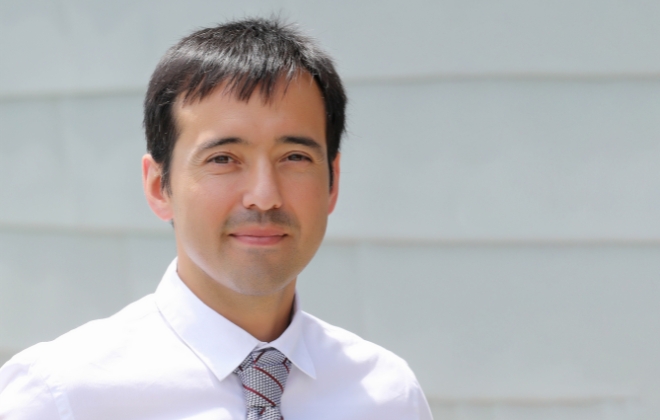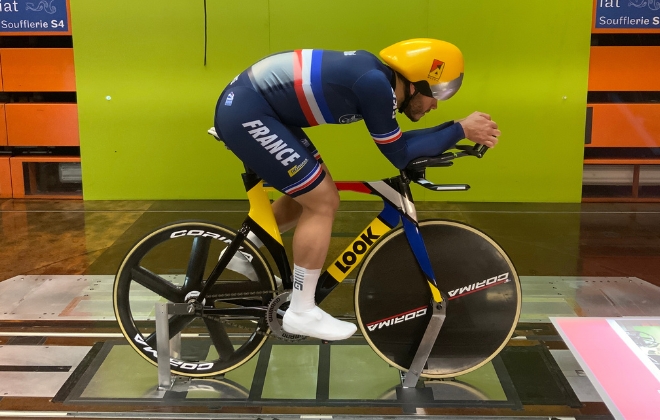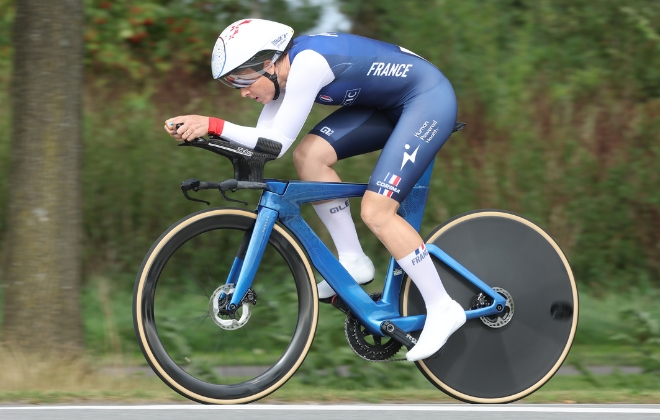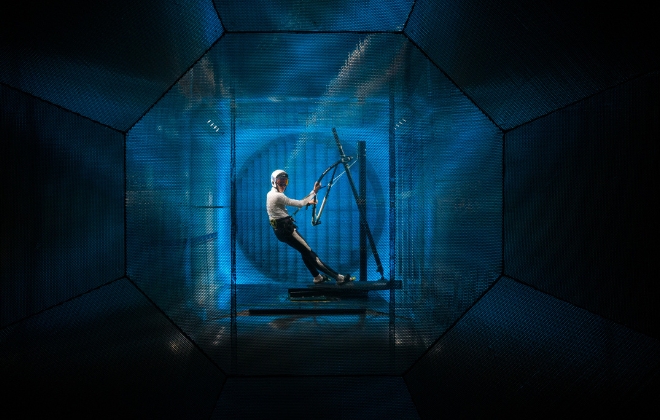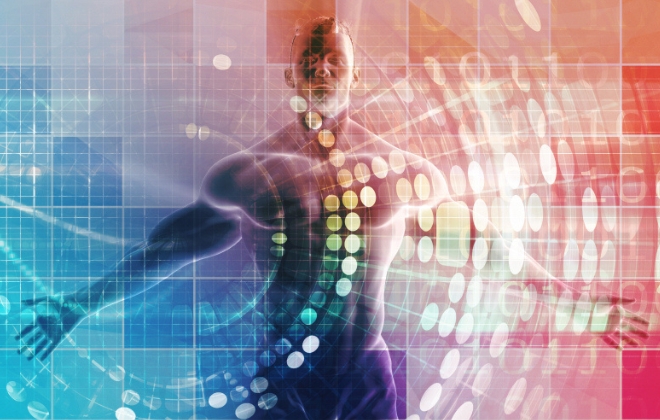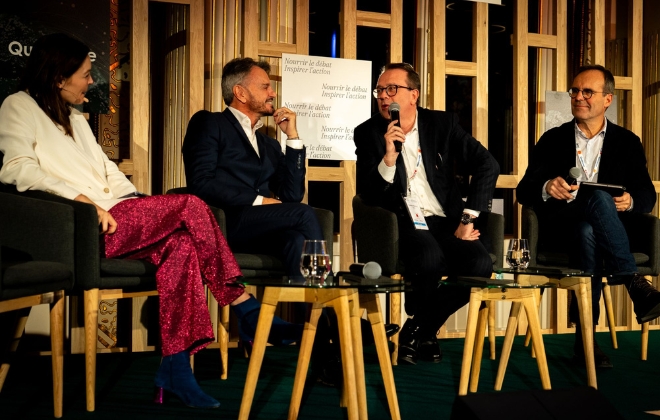High-performing, highly responsible

Interview with Marc Amerigo and Antoine Albeau


The name of the Zephir Project comes from the Greek wind zephyr, which means a warm and gentle breeze. This reflects the aim of the project: to go very fast on the water without a large expenditure of energy. Co-founders Marc Amerigo and Antoine Albeau talk to us about the project and its ambitions.
Marc, what is at the core of the Zephir project?
Marc: This project, in fact, is both a human and a technological adventure. We want to glide over water, and we want to achieve this while leaving a very small environmental footprint. The letters – ZEPHIR – tell us a story: “a Zephyr is blowing to reach Eco-responsible Performance through Humans and Innovation for a Revolution”. Because our planet has limits. It’s about going very fast and being eco-responsible at the same time: replacing carbon fiber while completely changing the structures, the materials, to mimic a fish. No fish is made of carbon fiber, is it?
Antoine, what does the Zephir project mean to you?
Antoine: Every time I go out on the water, I always have a big smile. As soon as you start to fly on a foil, it’s a moment of pure freedom. You are alone on your board, you can go anywhere you want. And that’s great. But it’s also true that there are still many things to be explored, especially regarding speed. Why can’t we go faster? That’s the kind of thing I would like to explore, the why and the how. So, at this precise point in my career, I ask myself, why not now? Why not go deep into this research on how windsurfing really works and try to move forward. It’s not about gaining one kilometer per hour, but 10 or 20. What are the problems, what are the advantages?
How did this project come together?
Marc: Antoine is our most successful French sportsman, with 26 world champion titles. He is a beast in competition; for 30 years, he has been at the top of the world tour with 15 years of total domination. My role is to lead the global project and the engineering side of it. When we met, it was a perfect match because it’s the relationship between science and the athlete that enables you to surpass yourself, to go beyond your limits. That was the genesis of this unique record-breaking project.
How have your objectives evolved?
Marc: As Antoine says, historically our first objective was to set new world records. We started by working to understand what nature does, digging deeper with scientists, with knowledge. As we did so, we began to realize that to produce one kilo of foil for our boards, we were essentially producing, in terms of carbon, the equivalent of two months’ energy consumption by a French household. Most windsurfers’ garages are filled with foils, boards, masts and booms; the energy cost – our environmental footprint – is catastrophic. So, we said to ourselves: we have phenomenal computing power like never before. Using biomimicry, we can model and understand extremely complex structures found in nature. With 3D printing, or rather additive manufacturing, we can create what we’ve modeled and then measure it with sensors. Then there’s data science and AI algorithms. All this means that we can move into a new dimension of very high performance.
So, technology is very important, right?
Marc: Yes – technology is a very important component of the project. At the same time, there are many other elements behind high performance. It often plays out in the mind and is down to the smallest, tiniest detail. It’s not enough to depend only on digital technology, artificial intelligence and so on, because at the end of the day, it’s the individual – alone or in a team – who’s going to have to face very complicated events and elements. At the end of the day, it’s the individual who is in control.
Why are there so many partners in the project?
Antoine: We have prototypes to make, we have boards to make, we have foils to make, we have a lot of things to do with sails and all that can’t be done alone! We need highly engaged experts.
Marc: That’s right. And because together we go faster, we go further. Antoine is the fastest windsurfer in the world, and he’s done it almost alone – with just a few skilled people. But today, in fact, we’ve created an ecosystem and he’s discovering what it’s like to work collectively. We’ve involved a whole gamut of people, from education through to industry, institutional bodies, etc. And young people, even some still in engineering school. Our team member, Pierre Schmitz, is 17 years old. It’s really about getting as many people on board as possible in a spirit of synergy and interdisciplinarity.
How would you describe the encounter between sports, science and industry?
Marc: It’s a truly meaningful collaboration. In the world of sports, there are the well-known values of commitment, faith in what we do, and passion – all these are strong human values. Then there’s the scientific side. Science has a lot of certainties, but there are a lot of unknowns too, where you have to question yourself with humility. The big companies know that we’re going to challenge them to push into new areas. In fact, we’re going into uncharted waters. There’s a lot at stake, but we like the challenge.
Antoine: We are not necessarily looking for large or small partners, we want people to be able to say: “I participated in the Zephir Project.” We want people to come with us, to jump in the van, or on the board with us in this totally outstanding adventure.
Are there other benefits, besides winning medals and setting new records?
Marc: Of course. There’s the dimension of finding solutions for the future – providing answers that will be useful elsewhere, whether in sustainable energy, healthcare or many other fields. It’s about embarking on a project that will bring us closer to the future. And it’s also about managing talent because today’s engineers want what they do to make sense. And I fully agree!











